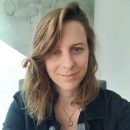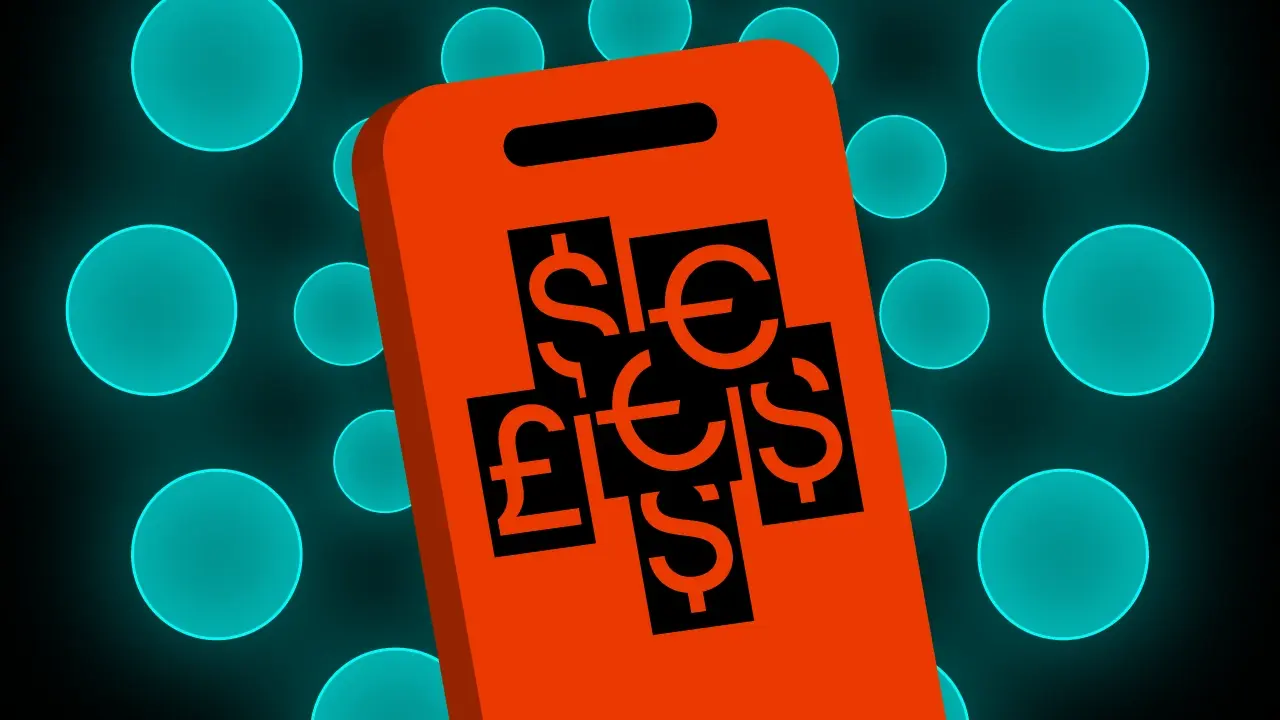#Crossing Perspectives, aka the vision of a designer's work according to the DesignWays Conf

.png)
Design Ways is a conference created by the design community for designers. It is one of the most important meetings for UX/UI designers in Poland, where experienced and novice designers exchange knowledge and have the opportunity to participate in lectures and talks prepared especially for them. This year was already the 4th edition of this event. For those who could not attend the conference stationery, a platform was ready with the possibility to follow the event online.
Our #UX team made a memorable trip to Krakow to take advantage of the networking opportunity in addition to following expert speakers. This year’s DesignWays theme was – #CrossingPerspectives. Attention was focused on pointing out the variety of perspectives designers face in their daily work and how they find their way in the dynamically evolving global situation.
The main track featured topics: Design & No-Code, Inclusivity & Accessibility, Design(ers) matter, Research & Discovery, Design & Business, Design Strategy, Design Processes, and UX & Product Design.
As you can see, the conference agenda was very diverse and packed with lectures from morning to evening – there was something for everyone. We asked our delegates what was most memorable for them and now we want to share their feelings and bullet points from the conference…
How to spend two days at a conference and not wither from boredom?
According to a recent study, the average length of an adult’s sustained attention span is 20 minutes…. Which puts all conferences and lectures at quite a disadvantage. Has DesignWays Conf 2022 managed to win over the research? According to our design and analysis team, definitely yes.
The first memorable lecture was “Take it easy – how to achieve good results in communication and design without too much stress” led by Krzysztof Piskorz and Wojtek Kutula.
The scenes depicting the cooperation between the designer and client and Wojtek’s drawings charmed our delegates the most. The presenters very skillfully managed to use storytelling with graphic elements.
Another lecture that the Speednet delegation paid attention to was “Pickle – how to build an MVP in 2 days?” by Bartłomiej Pierzchała.
This lecture was a true story based on facts – Bartlomiej and other employees from Tonik (LINK) talked about their ups and downs when organizing a hackathon. They also took the opportunity to introduce no-code solutions.
The most memorable sentence to our delegates was: “Let’s commemorate with a minute of silence the functions that have died.”
The first lectures attended by our team made it clear that the key to an exciting presentation is authenticity and the ability to base one’s speeches on storytelling – something we’ve all known for a long time. Still, it’s always good to remind ourselves of this and start using this knowledge in our daily work.
“Insight driven product – how to ask users and don’t suggest answers”
It was a collection of practical advice with examples. Participants got answers on preventing and minimizing mistakes made when conducting qualitative research. How to focus on the conversation and what the other party wants to tell us.
Then our delegation took part in “What every designer should know about the Web3 revolution.”
During the lecture, the presenters told what the Web3 movement is and what challenges await designers entering the blockchain project world.
The lecture we couldn’t miss was: “How to minimize growing inequality in the age of migration – designing inclusive services.”
A critical topic that we often address in the company – during this meeting, participants were able to consider how UX designers can respond to the challenges of inequality in their daily work. The topic of how design excludes certain user groups from accessing different types of services was also addressed. Our team gathered further essential insights that will allow them to design even better solutions aimed at everyone.
The last lecture we want to mention is “No-Code Developer – meaning who!”
Richard Berens introduced the delegates to the topic of no-code solutions and allowed them to learn more about creating websites or applications without using code. There were answers to the questions of who is a No-Code Developer or what the professional path of a No-Code Developer is.
These are just some of the lectures our team attended. If we add all the inspiring conversations and acquaintances, we are sure that attending this conference was an excellent decision.
We will certainly use the knowledge we gained at DesignWays in our daily work. Most importantly, in various topics that were discussed, even an experienced designer could find something to inspire him.
We want to thank the DesignWays team for their hard work and organization of the entire event, and we wish them development in the years to come!




